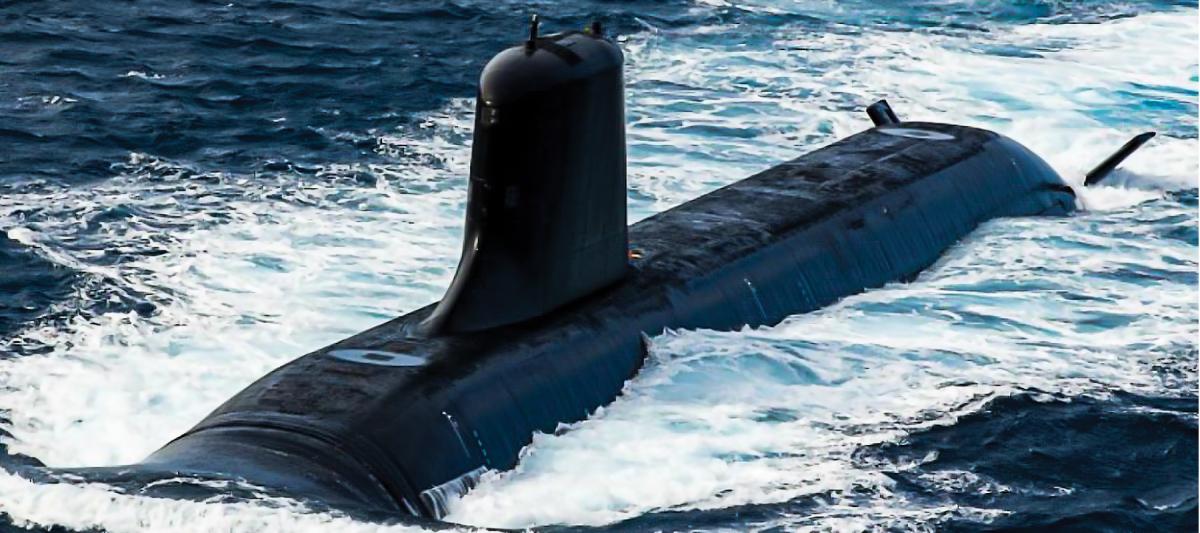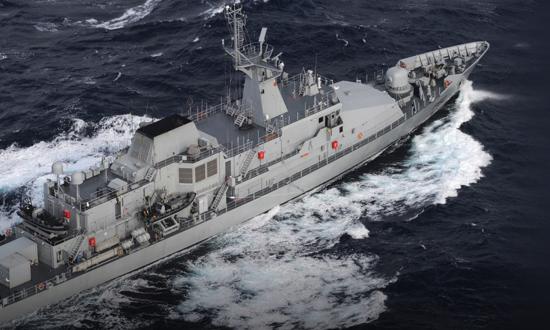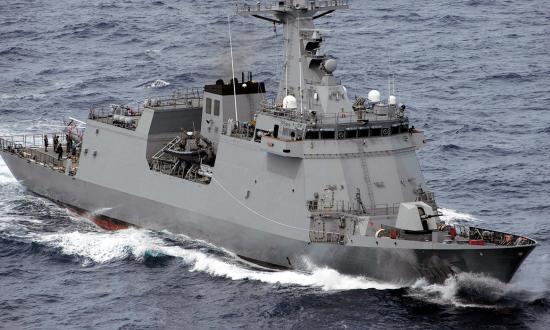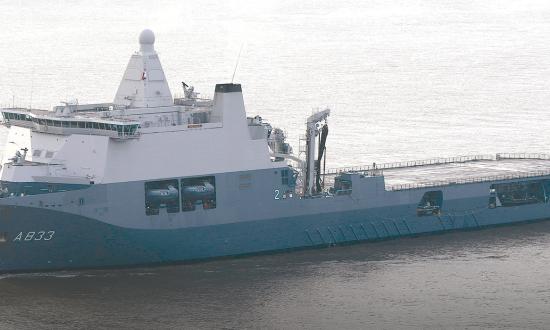Commissioned into service at Brest on 3 June, the attack submarine Suffren is the first of six next-generation Barracuda-class submarines for the French Marine Nationale. These nuclear-powered capital ships have been under development for more than two decades and significantly enhance French power-projection capabilities and NATO’s long-range undersea resources.
Built under a 2006 contract, the Suffren’s keel was laid on 19 December 2007 and construction continued for more than a decade prior to her 12 July 2019 launch and 2020 delivery. Measuring 326 feet long and displacing 5,300 tons submerged, the Barracuda class is roughly double the displacement of the 1980s-era Améthyste/Rubis-class SSNs she and her sisters are replacing.
Stealth, quieting, and maneuverability have been dramatically advanced on the new submarines, which are fitted with a pump-jet propulsor, retractable sail planes forward, and X-configuration stern planes. Primary power is supplied by a single K-15 150 megawatt pressurized-water reactor. The reactor design is based on a similar powerplant fitted in the Le Triomphant–class nuclear deterrent SSBNs, which joined the French fleet between 1997 and 2010. The Barracuda submarines have a top speed in excess of 25 knots and require nuclear refueling once per decade. Their sensor suite includes cutting-edge technology such as a non-hull-penetrating optronics mast system instead of conventional periscopes and incorporates bow, flank, and towed sonar arrays.
The Suffren and her sisters are fitted with four 21-inch bow torpedo tubes and can carry a maximum of 24 weapons, including one torpedo or missile in each tube and 20 more in the torpedo handling area. Armament options include a mix of F21 heavyweight torpedoes for antisubmarine or antisurface attack, SM39 Exocet antiship missiles, MdCN long-range land-attack cruise missiles, and naval mines. The new F21 torpedoes have top speeds in excess of 50 knots and a range of more than 25 nautical miles. The long-serving SM39 Exocet has a similar range and operates at sea-skimming altitude and high-subsonic speeds. The 3,000-pound MdCN land-attack cruise missiles can strike targets more than 500 nautical miles away. Two multi-influence FG-29
naval mines can be carried in place
of each torpedo.
The Suffren operates with a crew of 63 and has additional space to house approximately a dozen special operations personnel, deployable via lock-out chamber or a dry-dock shelter and swimmer delivery vehicle.
The second Barracuda, the Duguay-Trouin, is expected by early 2023, the Tourville and De Grasse are planned by 2026, and final units Rubis and Casabianca are due for delivery by 2030. Modified Barracuda designs also have been offered on the export market. Australia had planned to acquire 12 nonnuclear “shortfin” variants of the class before canceling the program in favor of procuring nuclear-powered submarines with the United States and United Kingdom.






